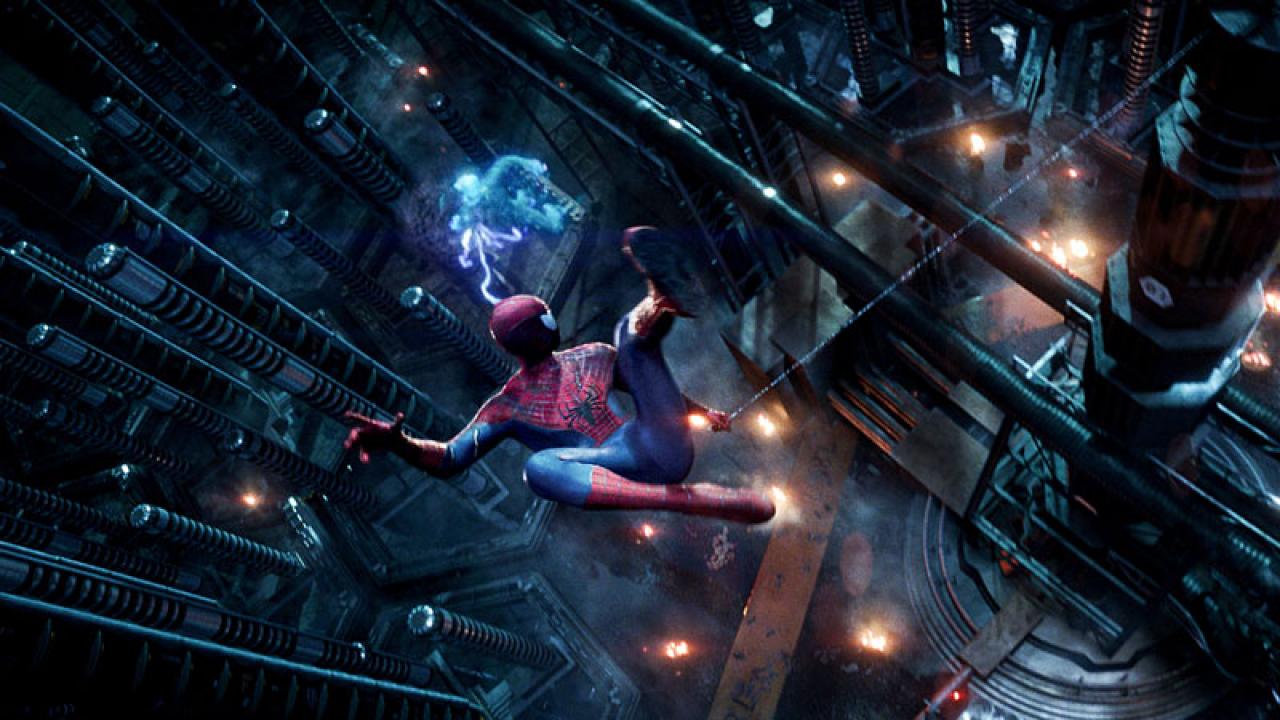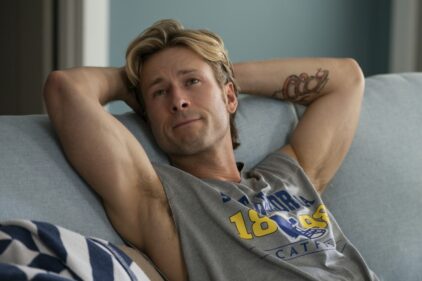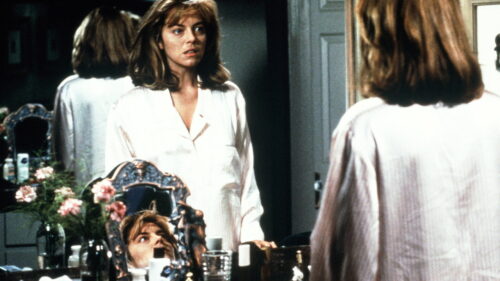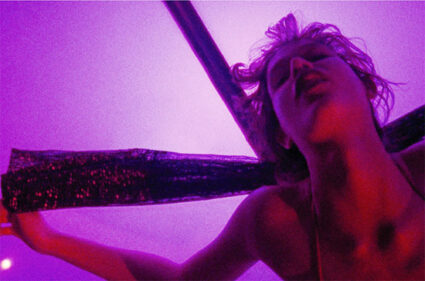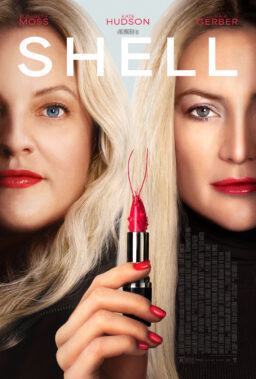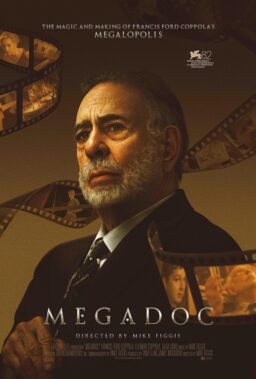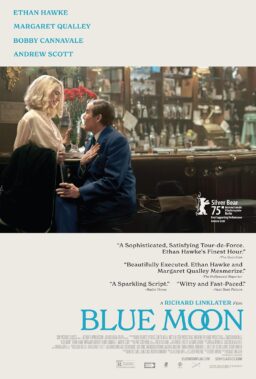I don’t hate superhero movies. Repeat: I do not hate superhero movies. They’re another genre in a medium that thrives on genre, one that’s as ritualized in its story beats as the western, the romantic comedy or the zombie picture. When competently done, superhero pictures can be fun, or at least intermittently diverting.
The problem with the superhero movie as currently practiced by Disney/Marvel (the interlocking “universe” series) and Sony/Marvel (“The Amazing Spider Man” and “The Amazing Spider-Man 2“) and DC (whose recent “Man of Steel” aped that Marvel feeling and is busy building its own version of Marvel’s feature film universe) has nothing to do with the genre’s component parts, and everything to do with execution.
Specifically, the problem is the visual and rhythmic sameness of the films’ execution.
Generous critics and viewers point to fleeting moments of personality, such as the flirtation scenes in the recent “Amazing Spider-Man” movies, and the improv-flavored conversations in the “Iron Man” films, and Joss Whedon’s very Whedon-y quips in “The Avengers” (“You really have got a lid on it, haven’t you? What’s your secret? Mellow jazz? Bongo drums? Huge bag of weed?”). But these defenses sound desperate when you look at the films as whole objects. Despite their fleeting moments of specialness, “The Avengers,” the “Iron Man” and “Thor” and “Captain America” films, the new “Spider-Man” series and “Man of Steel” treat viewers not to variations of the same situations (which is fine and dandy; every zombie film has zombies, and ninety percent of all westerns end in gunfights) but to variations of the same situations that feel as though they were designed, choreographed, shot, edited and composited by the same second units and special effects houses, using the same software, under the same conditions. As long as people are talking, there’s a chance the movies will be good. When the action starts, the films become less special.
Shots of people fighting inside and atop collapsing and burning structures all feel basically the same, though if you’re lucky the filmmakers toss in an emotionally resonant moment, such as the hand-to-hand climax of “Captain America: The Winter Soldier.” Sometimes the camera shakes a little, sometimes a lot. Giant creatures roar and stomp in more or less the same way, across CGI’d landscapes rendered in more or less the same way, unless the threat is Earth-made, as in the two “Captain America” films, in which case it’s helicarriers rather than alien starships that catch fire and crash into buildings. At some point somebody straps on power armor or climbs inside a robot. Machines bash other machines for a while. The bashing is choreographed and shot and edited pretty much as you expect, with few aesthetic surprises. You hear metal groaning and rubble crashing to earth. Walls crumble, craters open, bridges collapse. Spider-Man skydives into the Manhattan grid, Thor whooshes hither and yon, Iron Man plummets from in the ionosophere and is saved by The Hulk, and somehow none of it has the visceral or dramatic weight that it should. The smaller an action scene is, the better the chance that it’ll be genuinely exciting (the elevator dustup in the new “Captain America” is the best recent example). The bigger the canvas, the more boringly typical the action becomes. Boring action makes hash of any character beats that the filmmakers and actors went to the trouble of setting up.
Even if you generally enjoy these movies, you know you can visit the concession stand during the scenes of heroes being heroic and villains being villainous and not miss anything. If there’s burning/exploding/punching/collapsing/roaring/stomping in a scene, you’re free to get popcorn or call home. The good stuff is CGI-lite, or CGI free. Think of Cap just-friends-flirting with Black Widow or visiting a meeting for traumatized veterans in the second “Captain America,” or Andrew Garfield, one of the great screen criers, tearing up as Peter Parker contemplates his late parents or remembers a line from his sweetheart’s valedictory address or tells his Aunt May “I’m your boy, you’re my everything.” As a friend observed, the gap in artistic quality between the intimate human interactions and the large-scale action sequences in recent superhero flicks is so immense that they seem to have been made at different studios by different directors obeying different marching orders. The “ground rules” scene between Peter and Gwen in the new “Spider-Man” feels so sweetly alive—so much like a conversation that actual young lovers might have—that when you get to the end of this overstuffed and overlong blockbuster and have to suffer through yet another tediously unoriginal confrontation between Spidey and two, count ’em two, supervillains, then a climax that extorts cathartic tears instead of earning them, the effect is disorienting in the worst way.
The problem isn’t that the movies are product—most movies are product, and always have been—but that they can’t be bothered to pretend they’re not product. That’s the difference between popular art and forgettable mass-produced entertainment: the mass-produced entertainment flaunts its product-ness, then expects us to praise even minor evidence of idiosyncrasy as proof that we are not, in fact, collectively spending billions on product. The marketplace rewards each new superhero movie with a reflexive paroxysm of spending, guaranteeing each $200 million tentpole a boffo US opening that follows a boffo international opening (the new release pattern flips the old one). It’s an entertainment factory in which the audience is both consumer and product. Its purpose is not just to please consumers but to condition and create them.
The fat bottom lines guarantee that neither studios nor producers nor writers nor directors will feel much pressure to make superhero films great, as opposed to better than expected. The movies are are “different” from each other in the way that burgers sold by global fast food chains are “different”. It’s the Big Mac vs. the Whopper vs. the Dave’s Hot ‘N Juicy from Wendy’s. As cold as this strategy is, it works. The audience seems to have no interest in demanding better films, much less excellent ones. It settles for OK and better-than-OK. As long as the films aren’t unbearably bad or unnnervingly personal, they’re content.
That’s great news for the studios and their accounting departments but terrible news for popular art. As long as viewers ask little of superhero films, there’s no impetus for studios to encourage an auteurist vision. That’s how they like it. Real artistry terrifies them. It’s too volatile and uncertain. They’d rather have a mediocre sure thing than encourage filmmakers to try something truly new. Personal expression on this scale is high-stakes gambling with someone else’s fortune. That’s why, thirty-six years after “Superman, the Movie,” we still haven’t seen a range of big budget superhero films as tonally different as post-“Night of the Living Dead” zombie pictures, or Hollywood westerns released after Vietnam, when the genre was allegedly dead. What do George Romero’s ghoul films, “Dead/Alive,” the “Rec” series, “Shaun of the Dead,” “Zombieland” and the “Days” movies have in common besides a basic situation? Almost nothing. What do “Little Big Man,” “The Wild Bunch,” “Blazing Saddles,” “Silverado,” “Unforgiven” and “Open Range” have in common besides horses and ten-gallon hats? Almost nothing. What do modern superhero movies have in common? Entirely too much. Once in a great while you get an outlier like “Hellboy” or “Watchmen” or “Kick-Ass.” There’s a reason why anybody seeking to counter gripes of superhero film sameness brings up “Hellboy” or “Watchmen” and “Kick-Ass”: because most superhero movies are not “Hellboy” or “Watchmen” or “Kick-Ass.” They’re “Thing Crashing Into Other Thing 3.”
Studios don’t like personal expression—not on this level. Their goal is to minimize financial risk and avoid a scenario in which viewers buy a ticket for the latest Marvel picture and get something substantially different from what they’ve been conditioned to expect. The studios don’t want another Ang Lee “Hulk” (a Freudian psychodrama with split-screen imagery that was truly strange and special but didn’t really work). They want “The Avengers.” If that’s not possible, they’ll settle for “Iron Man 2,” a mostly terrible and trashy film that’s intermittently funny and asks almost nothing of the viewer and that fits into a much larger puzzle made entirely of square pieces.
Advance excitement for “Guardians of the Galaxy” seems weirdly averse to lessons learned from prior Marvel films. If we’ve learned anything from giving money to this franchise, it’s that we’ll love the wiseass banter as long as nobody’s running, jumping or punching anything. Once the CGI robots and shootouts and explosions kick in, it’s like a set of ankle weights dragging wit to the floor of a murky digital sea. This genre is where imagination goes to drown itself. We forget that. We’re supposed to forget that. The forgetting is a part of the experience of going to superhero movies. Ritualized amnesia is Hollywood’s best friend. We forget the good and bad superhero films alike because these days it’s all about what’s next. Where’s the new teaser? Where’s the new trailer? Have you seen pictures of Iron Man’s new costume? The buzz for the next one begins within days of the latest film’s opening. The modern superhero movie leaves impressions as light as footprints in beach sand. Where were we? Who knows? Who cares? The sand’s all smooth now. Flat. So we keep walking in the same direction.
Even nearly great superhero movies suffer from the curse of aesthetic same-old same-old. The second “Captain America” is easily the best superhero film produced since Christopher Nolan stopped directing them. It’s warmhearted and intelligent, and plugged into a version of political reality—a parable about the United States’ recent response to terrorism, with the Battle of New York representing the attacks of 9/11, and S.H.I.E.L.D’s terrifying surveill-and-destroy plan standing as this franchise’s version of The War on Terror. The moment in which the helicarriers crash into S.H.I.E.L.D. headquarters is basically an inverted 9/11, with Cap and his allies becoming homegrown terrorists in order to prevent a corrupt national security state headed by the unwitting ideological descendants of World War II fascists from carrying out millions of extrajudicial assassinations. But the almost radical nature of this message is obscured (maybe intentionally) by the choppy, whip-pan crazy action sequences, the familiar “Star Wars“-derived cross cutting, and the enervating sight of huge things crashing into other huge things, just as innumerable huge things have crashed into other huge things in three to six superhero films a year over the past decade.
I’ve ridden this pop culture hobbyhorse before, in a 2010 Salon piece unsubtly titled “Superheroes suck!” (Not my headline, for whatever that’s worth.) There’s a lot in the piece that I wouldn’t change, including the contention that—Robert Downey, Jr. as Iron Man aside—the superhero film as currently envisioned can plug pretty much any actor who looks the part into a hero/heroine role, which means that they’re all ultimately cogs, and a performer’s physique and overall look will matter more than their personality. I’d take back what I said about the Christopher Nolan Batman films, though. The post-“Iron Man” Marvel films have honed the soft bigotry of low expectations into a science, to the point where every new movie coasts on an initial burst of mild audience surprise (“I saw it this weekend, it’s better than I expected!”). I’ve stopped making fun of the Nolan films’ solemn pomposity because the director’s deranged passion for each moment makes the whole trilogy feel singularly alive. “Batman Begins,” “The Dark Knight” and “The Dark Knight Rises” are honest-to-God auteurist statements in a genre that’s increasingly scared of them. It’s hard to imagine heroes as perversely scarred as Batman/Bruce Wayne or Selina Kyle or villains as flat-out horrifying as Nolan’s Scarecrow, Joker and Bane in the universes of the Sony or Disney Marvel films—or in “Man of Steel.” It’s equally impossible to imagine a fight scene as old-school as the backbreaking confrontation between Batman and Bane in “TDKR,” which plays out in wide shots with few cuts and realistically awkward movements. In the superhero movie circa 2014, that’s radical characterization and radical filmmaking. It goes against the plan. “You know what I’ve noticed?” the Joker says in “The Dark Knight,” “Nobody panics when things go ‘according to plan.'” We need more panic. More panic means more art.

